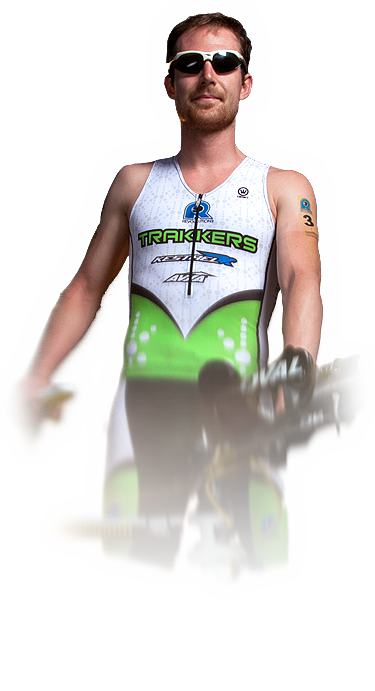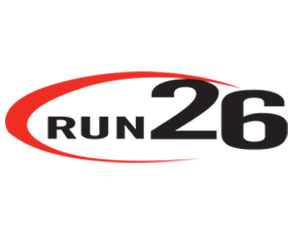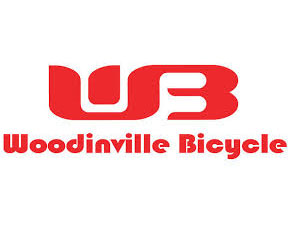UNIQUE APPROACH TO TRIATHLON COACHING
Matt Sheeks – Seattle Triathlon Coach Training Philosophy
The foundational principle which unites all endurance sports, discovered by Arthur Lydiard of New Zealand, is that humans naturally lack endurance, but with intelligent training improvements in endurance can be exponential. I truly believe that all endurance athletes can compete at a level beyond their perceived physical limits – everyone can compete “beyond themselves”. When I was a junior in high school, I could run just 1 mile in 4:40. At this time, I never thought I could run this pace for much over a mile. However, just six years later I was able to run this distance for 6.2 miles, for a final 10,000m time of 29:14. This represents a 600% improvement in endurance! These are the types of improvement that should be commonplace and expected, yet unfortunately most endurance athletes never see these types of improvements because they don’t know how to develop their aerobic system to its maximum; in addition, they are often haphazard in periodizing their training schedules.
Coaching greats such as Arthur Lydiard, Phillip Maffetone, and Joe Friel are all in agreement that aerobic development is king, yet so much valuable knowledge is diluted or completely lost when individuals try to put together their own training plan based on information they have received from internet forums, magazine articles, and even the well-meaning advice of training buddies. Even scientific research is often biased, usually favoring very high intensity training regimens which have success in the short term (6-8 weeks) which happens to be the same length as most of the studies. Yet these same high intensity, short duration training protocols are the same plans that stunt the long-term development of many an endurance athlete and thieve the fun out of otherwise highly enjoyable activities.
Intelligent training addresses at least 6 elements – (1) base training, (2) lactate threshold, (3) interval training, (4) strength training, (5) speed skill training, and (6) mechanics – at the right time, in the right order, and in the right amount, to optimize potential.




